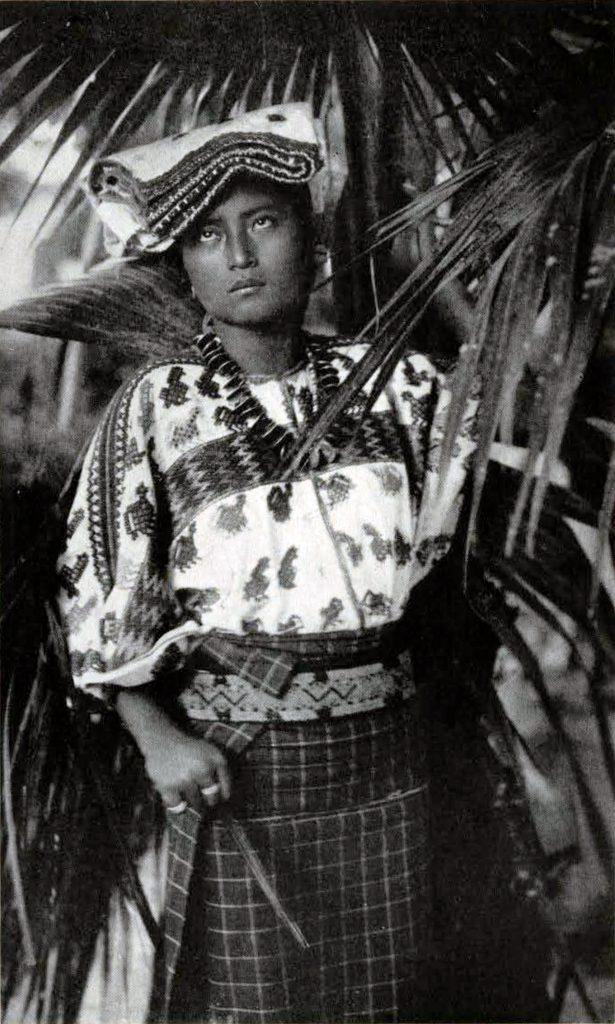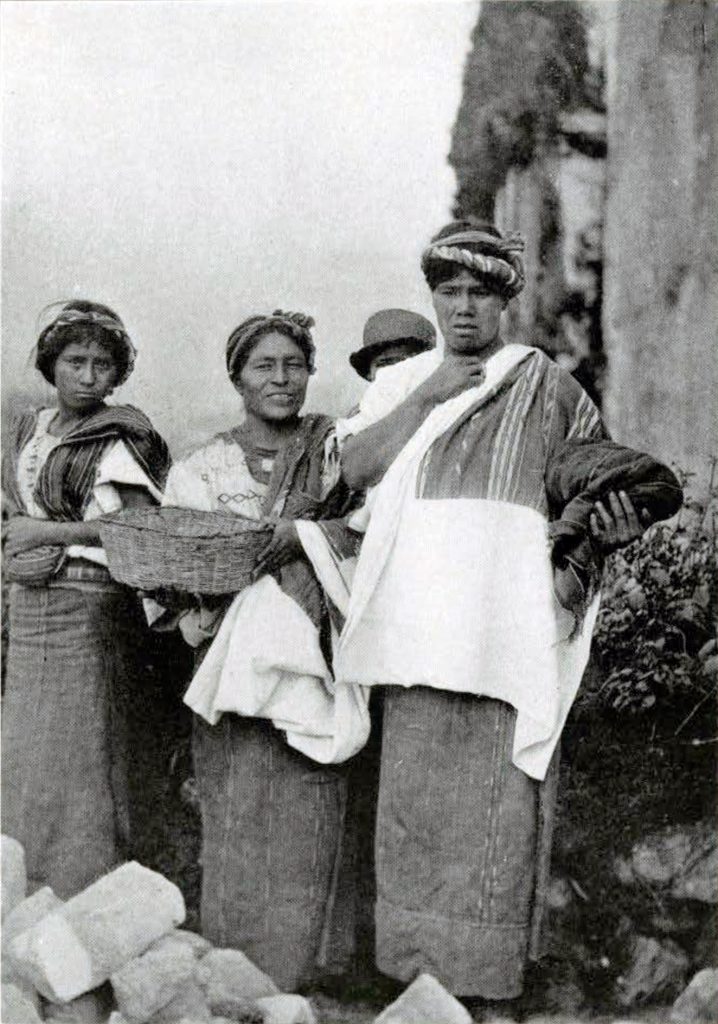In the last MUSEUM JOURNAL were printed some myths related by the Kekchi Indians of Guatemala. They are a branch of the Mayas who in ancient times lived in cities, of which the ruins excite the wonder and admiration of travelers in Central America and Yucatan today.

These ancient and very cultivated Mayas divided the year into 18 months of 20 days each, and since 5 days more were required to make the year complete they tucked these 5 days away at the end of the year and counted them in their calendar as one short month which they called Uayeb or Uyab Haab, which means the chamber of the year, because it suited their fancy to suppose that the year took its rest on these days. For reasons which we do not know these five days were popularly called U Yail kin, which means the unlucky days. Now according to very good evidence the Maya year began on a day 1 Pop and this day corresponds to July 16th of our calendar. The unlucky days therefore would be from the 11th to the 15th of July.
It would appear as if the various branches of the Mayas, or at least some of them, when they became Christian and gave up counting time by their own calendar, transferred the name unlucky from the days of Uayeb Haab to the last three days of Holy Week. It is not unlikely that this change was suggested or at least encouraged by the padres.
The Kekchi at the present day call the last three days of Holy Week Eb li rail cutan, which means the days of misfortune, the unlucky days.
To the Kekchi every mountain is either male or female and Sucaneb is a female mountain in their country. Many leagues away from her stands the mountain called San Gil, her husband. The two are in constant communication with each other. Apparently the relations between “Old Mistress Sucaneb” and San Gil are not altogether happy, for the Kekchi know that she sometimes feels greatly provoked by her husband’s conduct and threatens that some day she will pour out fire and smoke over the whole land in an excess of anger.

At the feet of Sucaneb lies a beautiful lake, the surface of which is strangely smooth and placid. If you have courage enough to go on the last of Eb li rail cutan, the sad days, and sit by this lake you will witness a most extraordinary thing. A great serpent of glittering gold with long golden mane rises to the surface and after disporting himself for a time coils himself up on the water and raising his head high in the air emits a shrill whistle. In answer to that call comes a. wonderfully beautiful maiden with flowing hair, eyes like stars and the face of an angel. She sings in such an enchanting voice that unless you are an unusual person you throw yourself into her outstretched arms. The maiden gives you one look of great pity and promptly delivers you up to the golden serpent.
Deep down in the lake under the mountain is a cave. In that cave is a wonderful treasure guarded by a giant, to whose service the golden serpent and the lovely maiden are committed. When these two have performed their part together in the way just described, the great serpent dives with you until he reaches this cave, where he delivers you up to the giant who guards the treasure, from whom there is no escape.
If you should prove to have enough self-control to resist the beauty of the maiden or remain impassive to her wonderful singing, you may go your way and return home, but there is no special reward in store for you. On the other hand, you will have seen a very wonderful thing.
What is the secret treasure that lies in the cave guarded forever by the giant? No one knows for certain. Some say that it consists of priceless gems. Others say that it is a charm that has power to cure all human ills. Still others say that this treasure is Human Happiness.

